 If you haven’t had occasion to shop for watches over the last few years (perhaps you’ve been sporting a reliable watch long-term and just haven’t needed to look), you may be unaware of the incredible amount of diversity that currently exists in the world of watches.
If you haven’t had occasion to shop for watches over the last few years (perhaps you’ve been sporting a reliable watch long-term and just haven’t needed to look), you may be unaware of the incredible amount of diversity that currently exists in the world of watches.
Traditional timepieces have been a mainstay for fashion and function for many years. Quartz and mechanical watches offering typical timekeeping features like day, date, and chronograph functions. Recently there have appeared both fitness trackers, which enable many fitness related tasks, and do tell the time as well, and smartwatches, arguably the most versatile form factor for timepieces.
If the appearance of these newer types of watches over the last few years tends to muddy the waters for you, then today is your lucky day, because I’m going to take each watch type in its turn and let you know why it might be perfect for you.
We’ll consider some of the key features and benefits of each of the 3 major watch types listed above, and hopefully by the end of this report we’ll have given you the tools you need to choose your own ideal timepiece. Read on!
Traditional Timepieces
We’ll begin with traditional timepieces since there’s a tremendous amount of diversity just within this category alone, and some discussion of that is certainly warranted.
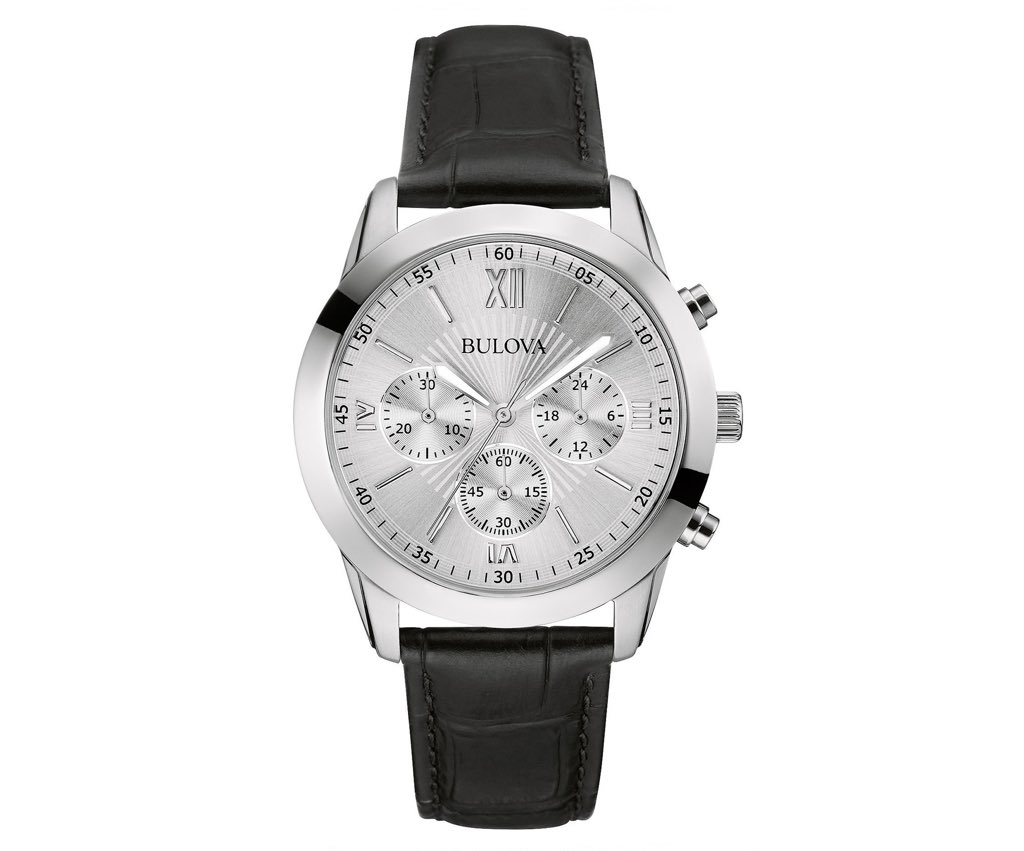 The two main types of traditional timepieces you’ll find are analog and digital watches. Analog models typically have 3 hands (one for hours, one for minutes, and one for seconds), though the second hand is sometimes omitted. These watches also generally feature a round face (though some dress pieces have square or rectangular dials), markers (or numbers) for the hours, and their primary goal is to give you the correct time (day and date functions are also quite common). The watch pictured here is the Bulova Classic 40mm Men’s Analog Dress Watch with Chronograph, meaning it has a built-in stopwatch feature.
The two main types of traditional timepieces you’ll find are analog and digital watches. Analog models typically have 3 hands (one for hours, one for minutes, and one for seconds), though the second hand is sometimes omitted. These watches also generally feature a round face (though some dress pieces have square or rectangular dials), markers (or numbers) for the hours, and their primary goal is to give you the correct time (day and date functions are also quite common). The watch pictured here is the Bulova Classic 40mm Men’s Analog Dress Watch with Chronograph, meaning it has a built-in stopwatch feature.
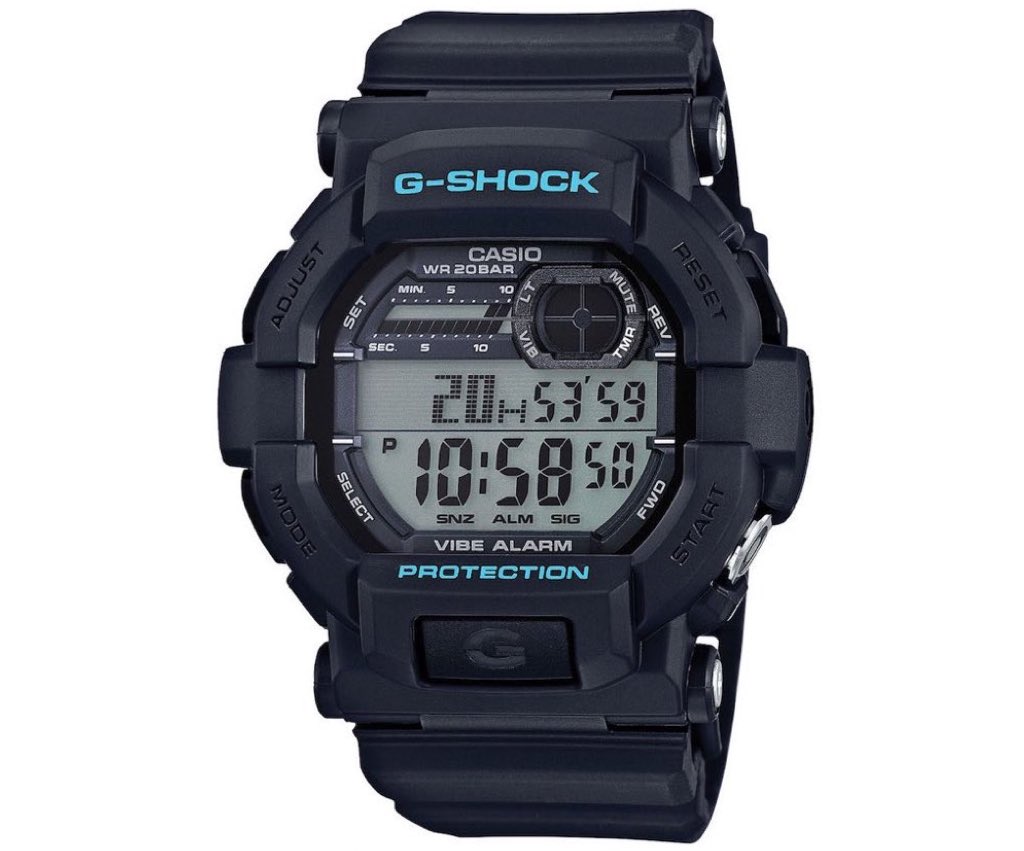 Digital watches typically offer many more features than analog watches, such as audible alarms, light-up screens, and an option to display the time in either standard (12 hour) mode or military time (24 hour mode). Digital watches are frequently sports watches, meaning they may be designed for rougher use and greater durability. For example, if you’re big into sports, you don’t want to be wearing a fancy mechanical dress piece, but a Quartz based G-Shock is perfectly capable of handling most bumps and bangs (shown at right is the G-Shock 53mm Men’s Digital Sport Watch).
Digital watches typically offer many more features than analog watches, such as audible alarms, light-up screens, and an option to display the time in either standard (12 hour) mode or military time (24 hour mode). Digital watches are frequently sports watches, meaning they may be designed for rougher use and greater durability. For example, if you’re big into sports, you don’t want to be wearing a fancy mechanical dress piece, but a Quartz based G-Shock is perfectly capable of handling most bumps and bangs (shown at right is the G-Shock 53mm Men’s Digital Sport Watch).
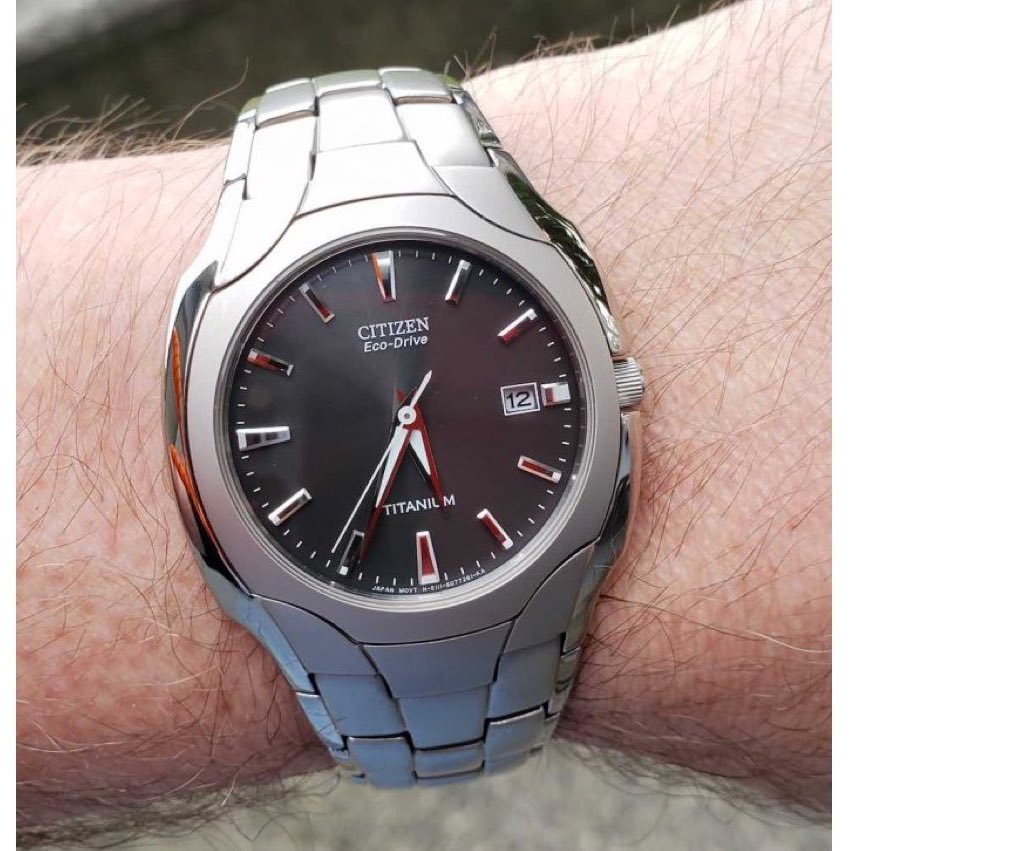
Another way of classifying traditional watches is by their internal movement. Here we have Quartz based timepieces along with the more traditional mechanical watches (of which automatics are a subset).
Quartz watches are by far the most accurate timepieces you’ll find, generally promising to operate to within 15 seconds per month of accuracy.
Mechanical watches can be this much off (or more) per day, but their allure lies in their purely mechanical nature and the sophistication of their engineering.
While accurate timekeeping is the promise of all Quartz watches, the primary purpose of either of these types of watches in the modern age is arguably their role as jewelry. Quartz and mechanical watches basically exist to look good on the wrist and provide wearers with the confidence that comes from wearing a stylish timepiece.
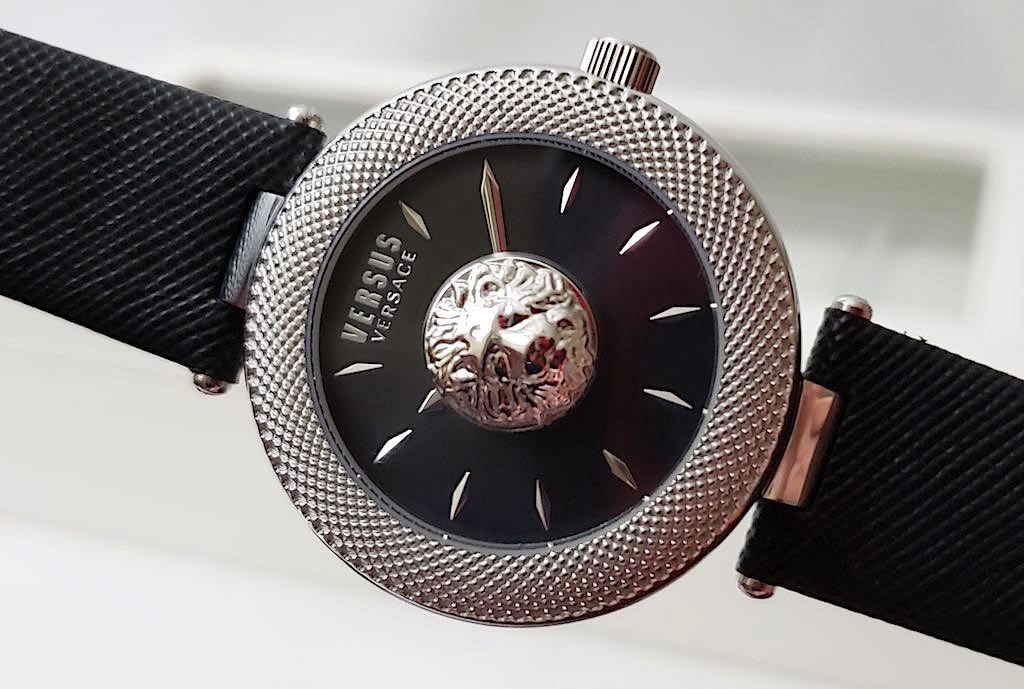
Of course, there are men’s and women’s styles available, but many models are also unisex, and even among those that aren’t listed as such, there are no hard and fast rules saying who can wear what.
For instance, I have reviewed watches for Best Buy on a few different occasions, and sometimes there are ladies’ pieces in the mix. When these watches have been large and not obviously gender specific, I have worn them myself with no self-consciousness.
Everything ultimately comes down to one’s own individual tastes. However, if you want a watch that does a whole lot more than just keeping you running on time and looking good on your wrist, you might want to consider either a fitness tracker or a smart watch….
Fitness Trackers
In the last few years, Fitness Trackers have become ever more popular. I’ve actually used one of these devices myself over the past 2 summers (I tend to do most of my outdoor activity when it’s nice outside), and it has helped me to lose several pounds each year and improved my conditioning and health significantly.
![]() Models like the Fitbit Charge 3 Fitness Tracker with Heart Rate Monitor are among the kings of the hill in this particular space. Its goal is to help you get on track and stay on track with respect to your health and fitness goals. Its features include around the clock heart rate monitoring, sleep monitoring and analysis, smart phone notifications right on your wrist, step counting, tracking your calories burned, 50m of water resistance with the ability to track your swims, GPS connectivity, and a whole lot more.
Models like the Fitbit Charge 3 Fitness Tracker with Heart Rate Monitor are among the kings of the hill in this particular space. Its goal is to help you get on track and stay on track with respect to your health and fitness goals. Its features include around the clock heart rate monitoring, sleep monitoring and analysis, smart phone notifications right on your wrist, step counting, tracking your calories burned, 50m of water resistance with the ability to track your swims, GPS connectivity, and a whole lot more.
The main consideration you’ll have when buying a fitness tracker is which brand to choose. While Fitbits are a popular option, other possibilities include Garmin, Epitktec, and Samsung, among a whole host of others that each have just one or two models currently in release.
The tracker that I have myself is a Polar—a brand which offers a number of different models that I suspect are all excellent. I don’t see the one that I own among Best Buy’s current product listings, but I just love it and have benefited considerably from using it.
My favourite features are heart rate monitoring and the ability to set a daily activity goal and then try to reach it. So, when I go hiking up steep hills on hot summer days, I can see when my heart rate goes into potentially dangerous territory (roughly 180 BPM for someone my age) and dial things back a bit.
Similarly, I just love those days when a little alarm sounds and the watch vibrates on my wrist to indicate that I have reached 100% of that day’s daily activity goal, which usually (but not always) happens.
Smart Watches
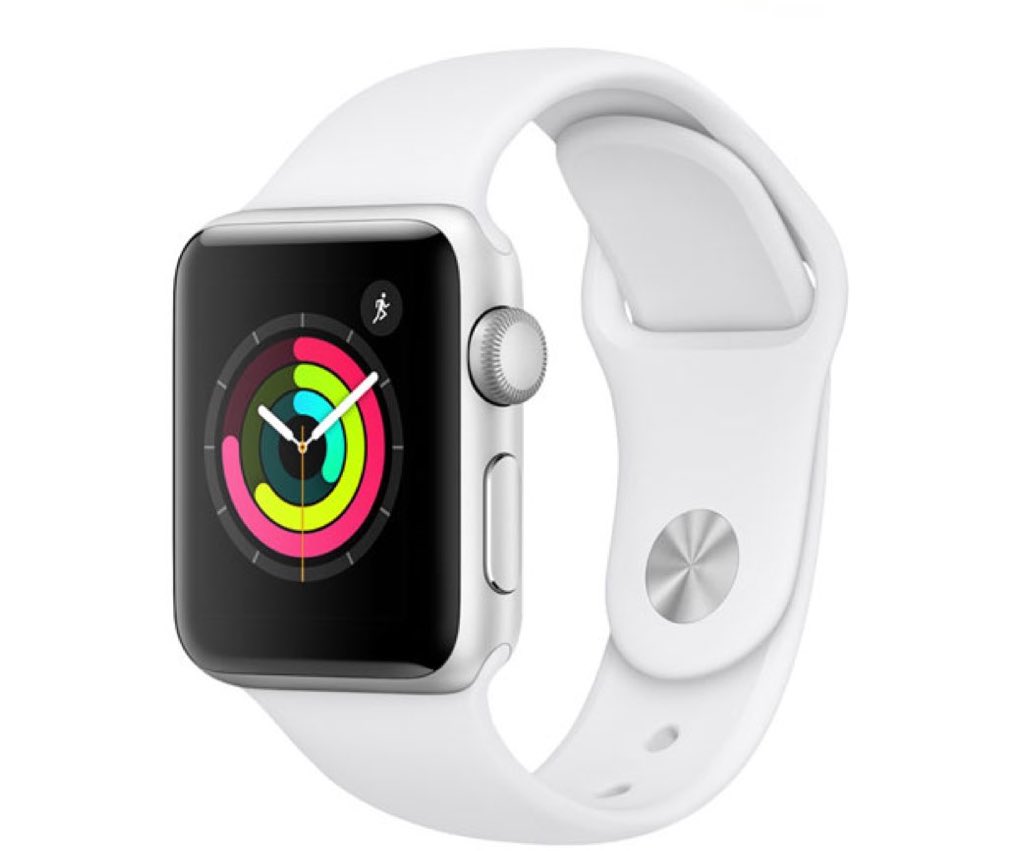 The latest contender in the battle for your wrist is the Smart Watch. It can do most of the same things that the fitness tracker can (there’s honestly a ton of overlap here), though there are some significant differences as well. Its focus is more broad than simply health and fitness, so it’s therefore not quite as specialized for that purpose (i.e., if better overall health is your goal, you might want to opt for a fitness tracker instead, though not necessarily). The really big decision when choosing a smart watch is which OS to go for. At the moment, the Apple Watch is very popular, though there are certainly other contenders in this realm as well.
The latest contender in the battle for your wrist is the Smart Watch. It can do most of the same things that the fitness tracker can (there’s honestly a ton of overlap here), though there are some significant differences as well. Its focus is more broad than simply health and fitness, so it’s therefore not quite as specialized for that purpose (i.e., if better overall health is your goal, you might want to opt for a fitness tracker instead, though not necessarily). The really big decision when choosing a smart watch is which OS to go for. At the moment, the Apple Watch is very popular, though there are certainly other contenders in this realm as well.
 What’s great about some of the non-Apple options is that often they are compatible with both Android and iPhone based smart devices. For example, the Samsung Galaxy Watch 46mm LTE Smartwatch with Heart Rate Monitor has this dual compatibility, meaning that it doesn’t really matter which of the 2 major types of smart phones you might have—this watch can communicate with either. Running on the powerful Tizen OS 4.0 platform, this watch provides smooth operation, sharp images, and an abundance of features. And I really must say, it sure is slick looking!
What’s great about some of the non-Apple options is that often they are compatible with both Android and iPhone based smart devices. For example, the Samsung Galaxy Watch 46mm LTE Smartwatch with Heart Rate Monitor has this dual compatibility, meaning that it doesn’t really matter which of the 2 major types of smart phones you might have—this watch can communicate with either. Running on the powerful Tizen OS 4.0 platform, this watch provides smooth operation, sharp images, and an abundance of features. And I really must say, it sure is slick looking!
Key features to look for with some smart watches include the ability to control your music, to take and make phone calls, and even to pay for your purchases when shopping at the store (i.e., through services like Apple Pay and Samsung Pay). What can’t these amazing devices do?
Do keep in mind, however, that not all smart watches offer every single feature that you may value as a consumer. For this reason it is absolutely imperative that you do your research and read up on any given model’s complete features and specs before making a final decision.
Which Watch Do You Want?
By now you’re probably leaning more toward one category of wrist adornment than the others. Please share your thoughts in the comments section below regarding which type of watch you prefer and why.
P.S. When it comes to Wearable Technology, Best Buy has you covered for all of your wrist based needs!

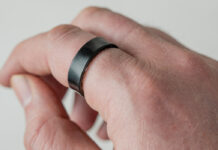


I love my garmin
What model do you have?
Comments are closed.